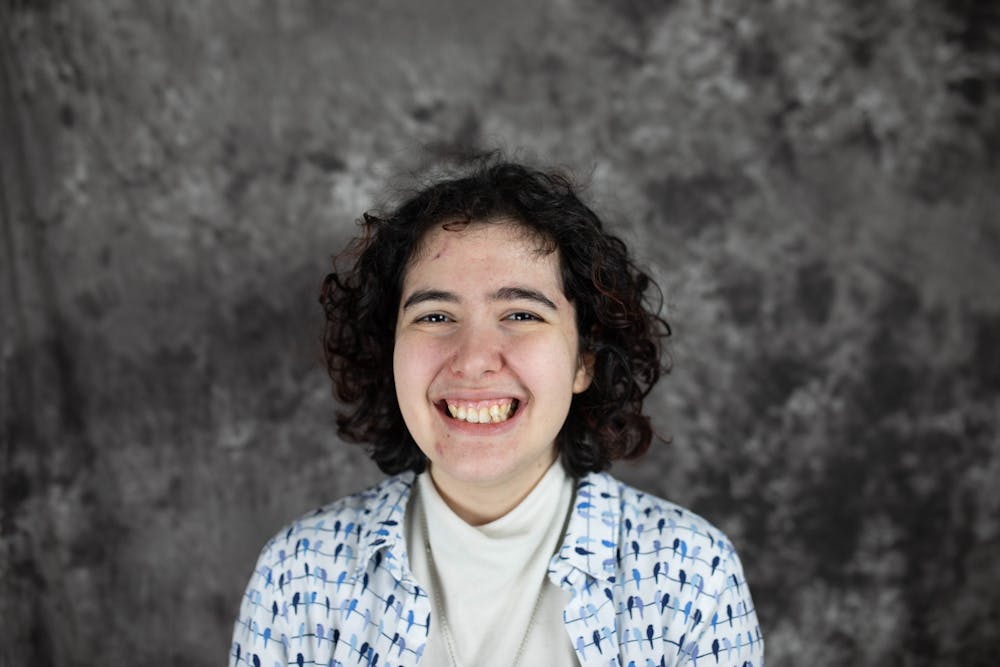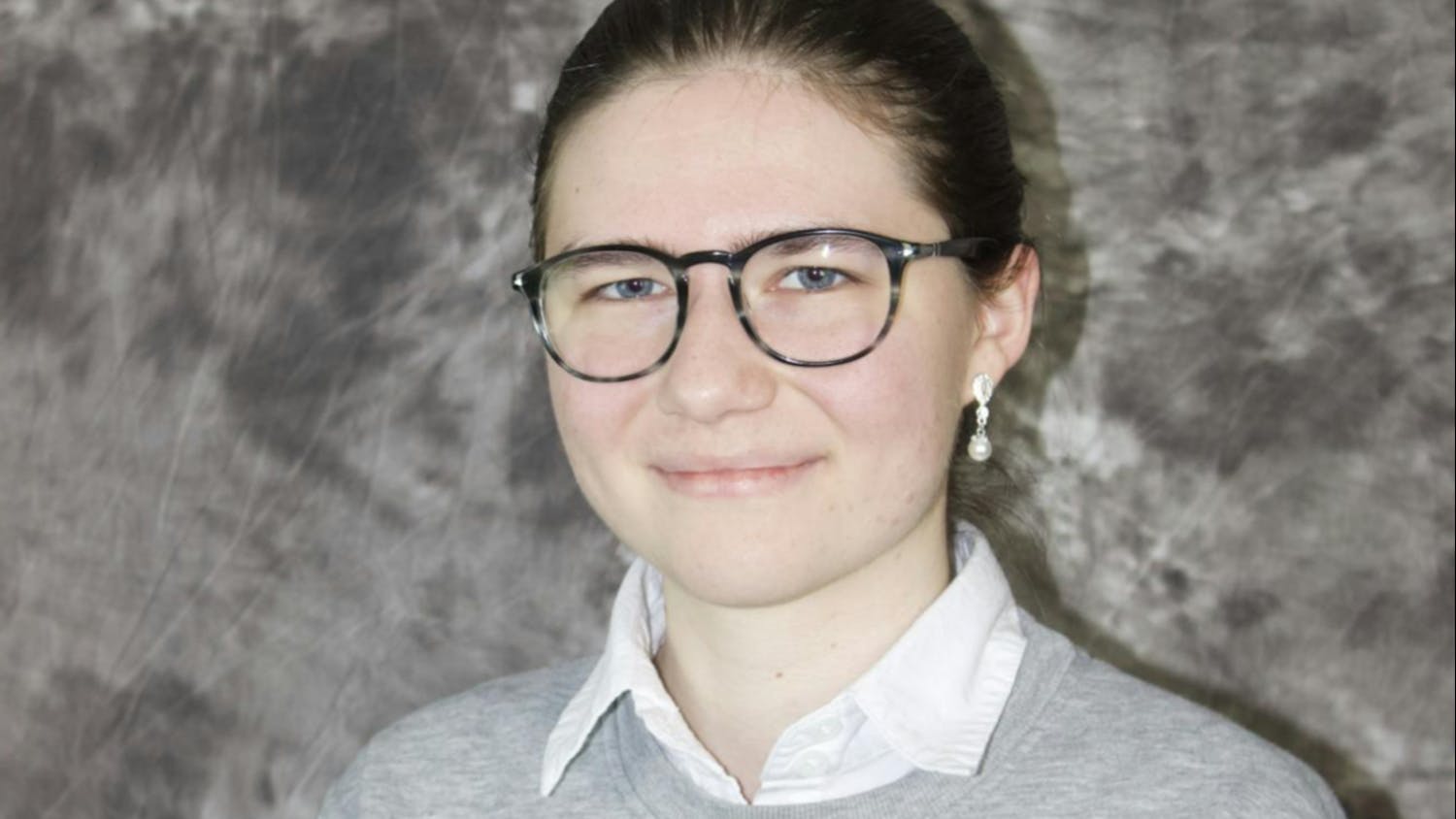I had my first drink in a gay bar last October.
I was at Penn State University with my childhood best friend. She told me that she had been wanting to go for a long time but wasn’t old enough and didn’t have any queer friends who wanted to go with her.
That struck a chord with me. I hadn’t been to a queer bar in Buffalo. I thought to myself, “God, I really haven’t done anything gay, have I?”
And that’s the issue.
Going to a gay bar shouldn’t be the only queer activity — what makes an activity queer at all is a bit of a nonsense classification anyways. But it’s hard to find anywhere else to go, especially in Buffalo. It’s not impossible, but there should be a wider variety of easily accessible queer spaces.
This is not a takedown of bars or concert venues or anything like that. I love a good bar crawl. I am a very pro-fruity little drink. I love a good bar show too. I’ve found real connections — including queer connections — in those spaces.
My hope is simply to explain how we got to this point — a bar-dominant queer culture — and find ways to create other queer communities. Because we, as a community, can do that if we want.
Queerness in the dark
Modern queer history has deep roots in nightlife. Pride Month itself honors the uprising at the Stonewall Inn, a bar in Greenwich Village. Queer people of all identities found community in bars like Stonewall — nightlife was where many felt safest. The police frequently raided these bars to catch queer people living authentically because it was frowned upon — if not outright illegal — to express themselves authentically.
But while you can find gay bars in most medium-sized cities, lesbian bars haven’t fared nearly as well, leading to the demise of many queer femme spaces. At their peak, there were about 200 lesbian bars in the United States, but by the start of the pandemic, that number had dwindled to fewer than 20. The death of lesbian bars diminished spaces that catered specifically to queer femme people, leaving gay bars — which may or may not have been catering to a wider queer population — to uphold the queer nightlife scene.
Luckily, in the past few years, lesbian bars are having a rebirth. About a dozen new bars have opened since 2020 according to NBC News. Plenty of awareness was brought to the issue by The Lesbian Bar Project, which worked to profile the remaining bars and raised money to help them stay afloat.
Nightlife spaces have always been an important part of queer history, and they have every right to stay and flourish. But those spaces only exist because of the support, time and resources of the queer community. And I think it’s about time we put effort into making non-nightlife spaces.
Daylight for queer spaces
Plenty of people and groups are putting in the work to make different types of queer spaces. Here are some that I’m personally conscious of (there are bound to be more):
- The Lavender Room: While being a concert venue, The Lavender Room also is deeply entrenched in community outreach. They host clothing swaps, fundraise for various local groups and screen queer movies like “Rocky Horror Picture Show.”
- Indigo House: Indigo House is a queer collective here in Buffalo that hosts a bunch of different types of events from figure drawing, to a “Coffee & Conversation” series, to a Sober Support Group.
- Pride Center of Western New York: They do literally everything here from group meetings, to organizing Buffalo’s Pride events, to HIV testing.
The queer community needs places that don’t have drugs or alcohol for the sake of inclusion — whether for those who are sober, for those who can’t handle the noise or lights or simply those who aren’t 21.
But we also don’t have to sit on our hands and hope someone can make that change for us. All the places I list above take volunteers in some capacity. Half the battle is knowing these places exist and giving them support, either with our time or our money. It’s up to us.
Darcy Winter is the fact checker and can be reached at darcy.winter@ubspectrum.com





